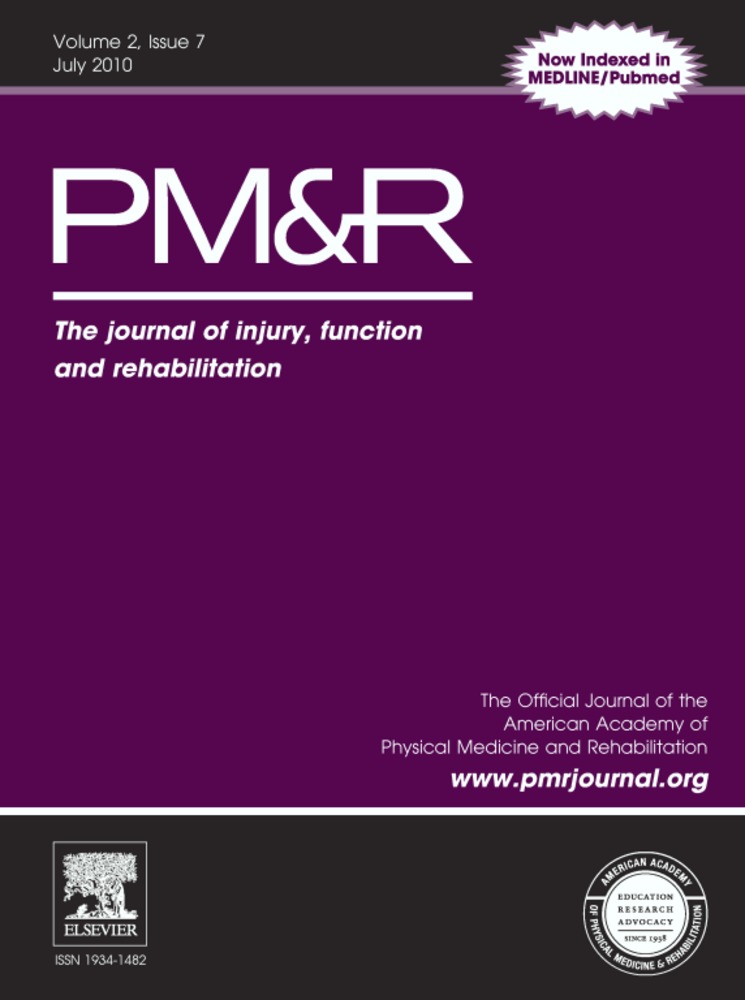Comparison of Surface and Ultrasound Localization to Identify Forearm Flexor Muscles for Botulinum Toxin Injections
Abstract
Objective
To determine if ultrasound (US) localization is equivalent to surface landmark localization to identify botulinum toxin injection targets for forearm muscle spasticity.
Design
Observational.
Setting
Outpatient spasticity clinic in a tertiary care center.
Subjects
Eighteen patients with upper-extremity flexor spasticity that interferes with function were included. Individuals with severe fixed contractures or traumatic injury of the involved forearm were excluded.
Methods
Flexor pollicis longus, flexor carpi radialis, pronator teres, and flexor digitorum superficialis (FDS) were identified by 2 separate localization techniques: the method of Delagi et al for flexor carpi radialis, pronator teres, and flexor pollicis longus; and a surface landmark technique by Bickerton et al to identify the 4 muscle bellies of FDS. Proximodistal and lateral (radial) coordinates were recorded relative to a landmark line from the medial epicondyle to pisiform bone, and percentage of landmark line distance was calculated. After surface measurements were collected, the best point for injection was determined by using real-time US with a 12-MHz linear transducer. US measurements were recorded by using the same landmark line system.
Results
Localization techniques were compared by using the Wilcoxon signed rank test. One-sample t-tests compared surface-mapped lateral coordinates to US-derived lateral coordinates with controls for multiple testing. Significant differences were observed between surface and US proximodistal and lateral coordinates for several flexor muscles.
Conclusions
US should be considered as an adjunct for localization in patients with upper-limb spasticity. US can improve accuracy of toxin placement and help to avoid injection into vascular and nerve structures.




